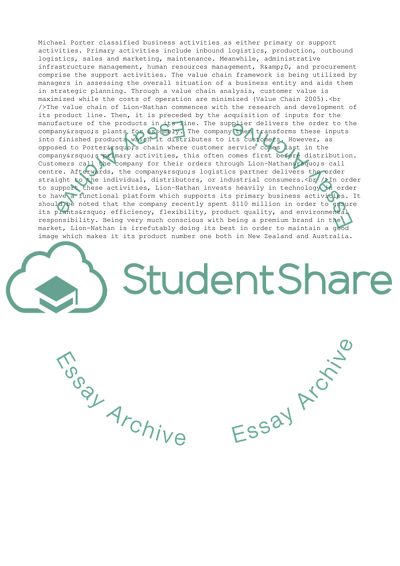Cite this document
(Internal and External Analyses Case Study Example | Topics and Well Written Essays - 2500 words, n.d.)
Internal and External Analyses Case Study Example | Topics and Well Written Essays - 2500 words. https://studentshare.org/business/1715920-internal-and-external-analyses
Internal and External Analyses Case Study Example | Topics and Well Written Essays - 2500 words. https://studentshare.org/business/1715920-internal-and-external-analyses
(Internal and External Analyses Case Study Example | Topics and Well Written Essays - 2500 Words)
Internal and External Analyses Case Study Example | Topics and Well Written Essays - 2500 Words. https://studentshare.org/business/1715920-internal-and-external-analyses.
Internal and External Analyses Case Study Example | Topics and Well Written Essays - 2500 Words. https://studentshare.org/business/1715920-internal-and-external-analyses.
“Internal and External Analyses Case Study Example | Topics and Well Written Essays - 2500 Words”. https://studentshare.org/business/1715920-internal-and-external-analyses.


